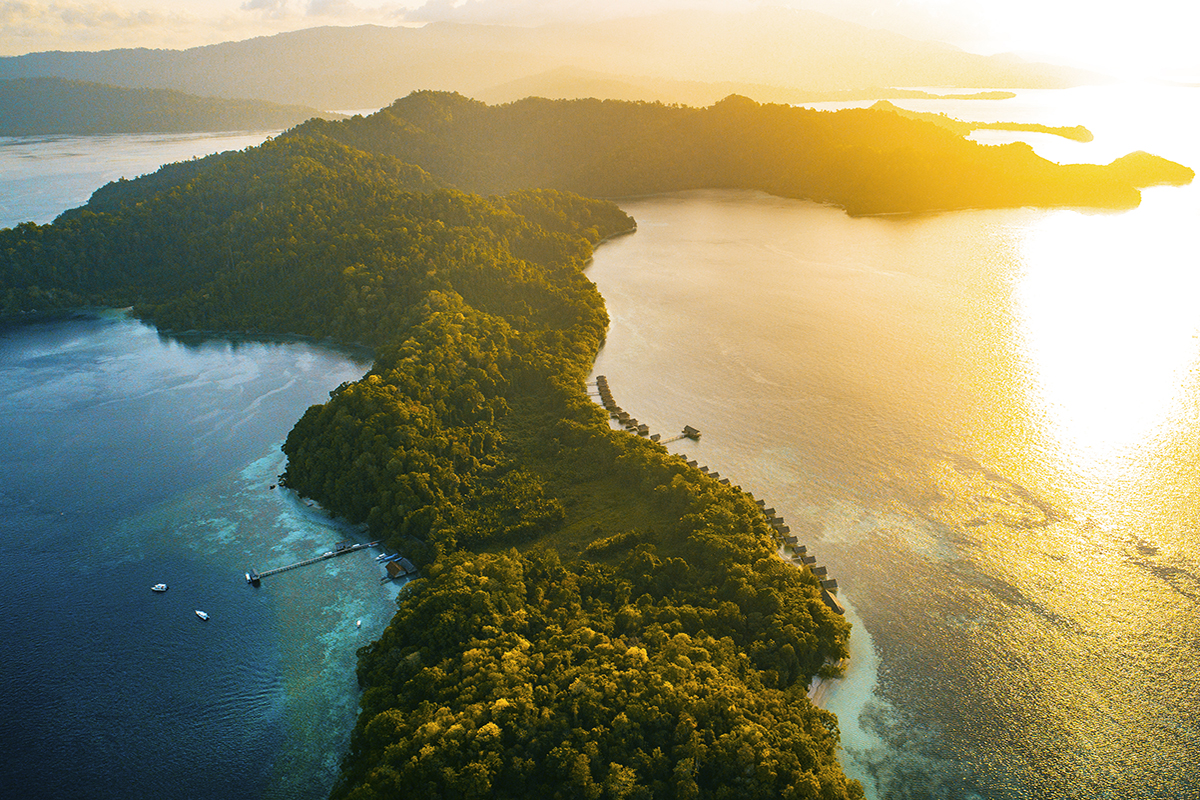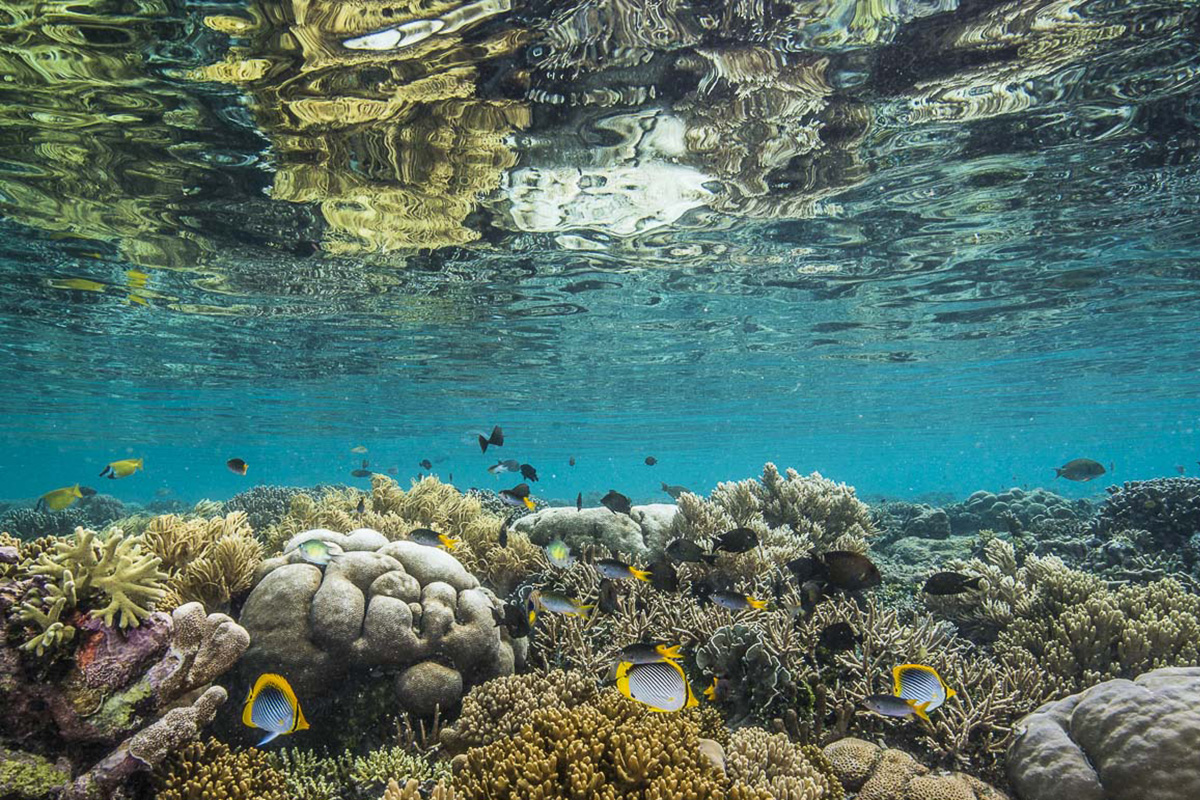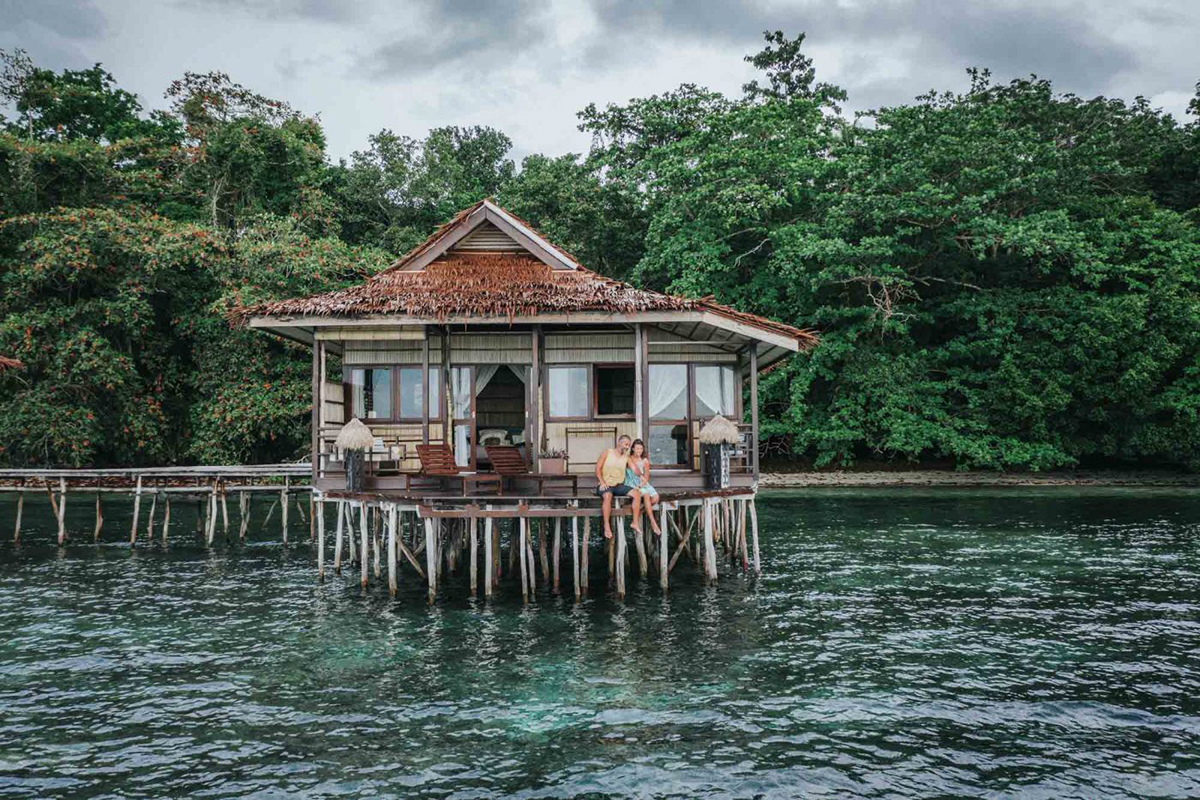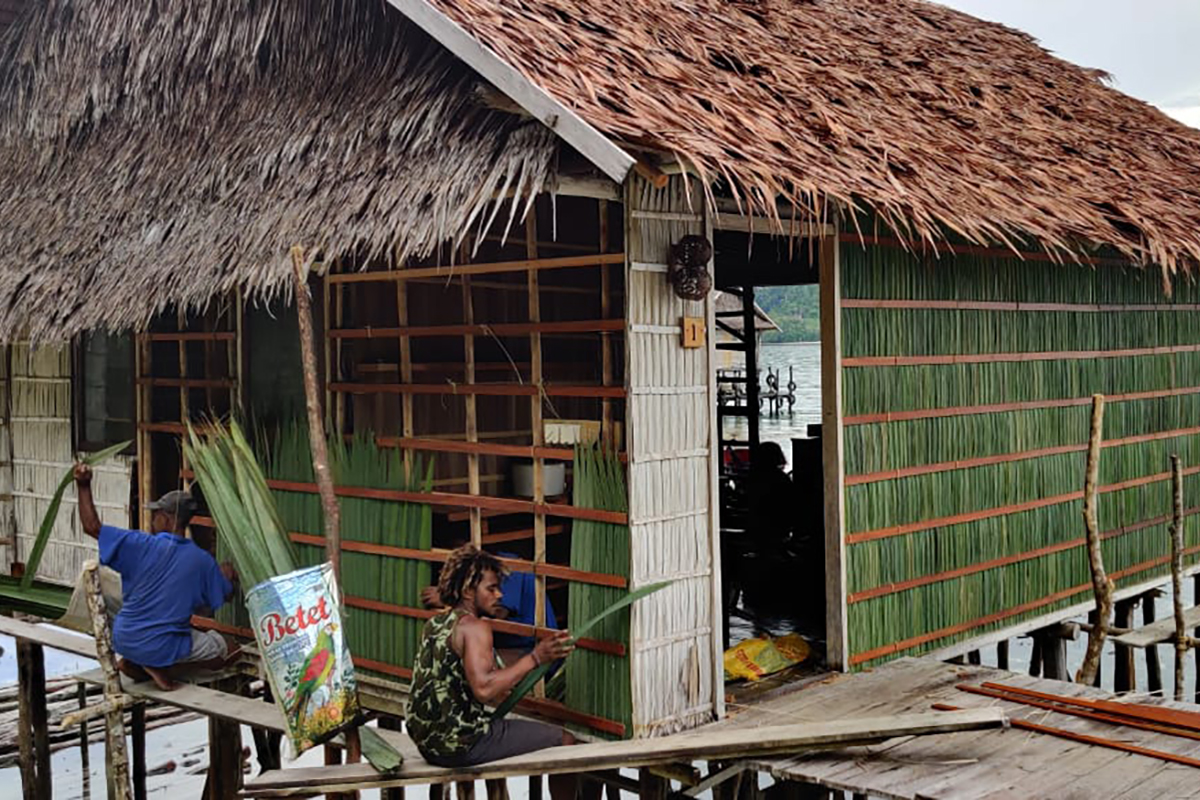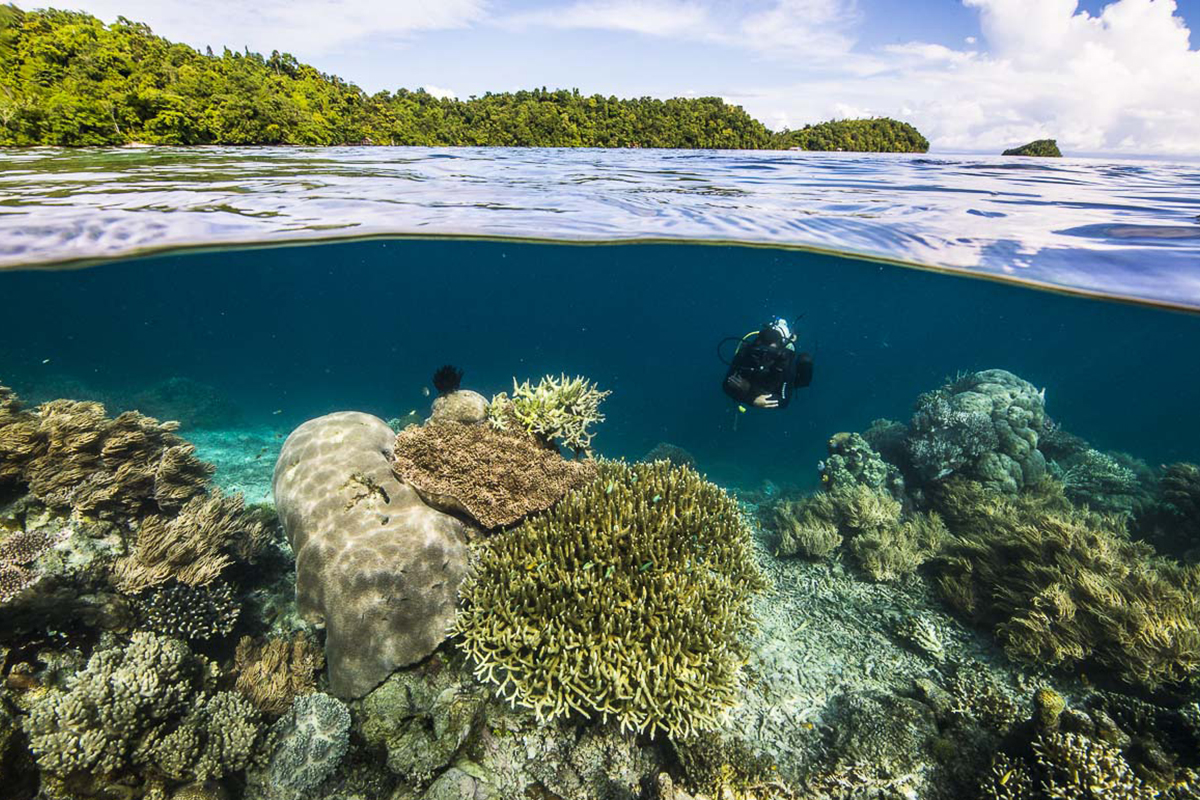Managing the Fine Balance Between Tourism and Conservation in Raja Ampat
Until the early 2000’s Raja Ampat’s main industries were mining and fishing. The area is rich in nickel and cobalt, and of course fish, which had been keeping the region economically stable for centuries. However, with the rising awareness of the environmental importance of Raja Ampat, sustainable alternatives had to be implemented. This is why the management of natural capital is so important for the government and local people of Raja Ampat.
Challenges
One of the biggest challenges for conservation agencies has been to convince government officials and local communities that nature itself can bring in more revenue than selling off natural resources. To preserve the seas and forests of Raja Ampat for tourists to experience is far more profitable in the long run than mining or fishing.
The proof has shown in studies from the State University of Papua that over the past 10-15 years, as tourism has risen steadily, the long-term benefits of ecologically friendly economic activities like sustainable tourism, pearl farming and sustainable fishing, far outweigh the short-term gains from mining and illegal logging.
Tourism
Another challenge is tourism itself. According to Raja Ampat’s marine park management unit tourism has grown significantly over the past 15 years. In 2007 just 998 tourist tags were sold compared to 28,896 in 2018. This is almost a 30 fold increase in just under 15 years.
However, as mentioned, each tourist must have a tag to enter Raja Ampat. These tags represent the Environmental Service Fee collected by the local government for the upkeep of the Raja Ampat Marine Park, which covers an area of over 2 million hectares. This fee is essential to conserve the area as well as the economy. The tags also track the exact number of tourists visiting Raja Ampat so the impact can be tracked and the numbers kept at sustainable levels.
Business accountability
As tourist numbers increase there is more need for infrastructure like hotels or homestays, shops, dive schools, and boat services. So how can businesses open and thrive without destroying the environment they are showcasing? This is where businesses must be accountable for their sustainability.
For example, Papua Paradise Eco Resort has guidelines for sustainable practices that are integral to the philosophy of the resort. All buildings are made out of as much locally sourced and biodegradable material as possible. No harsh chemicals, cleaners, or amenities are used within the resort, and the use of single use plastics are seriously discouraged.
There is still a way to go when it comes to all businesses being accountable in Raja Ampat, but generally the people are seeing the rewards that come from preserving their environment.
Raja Ampat is a dream dive location for divers from all over the world and also incredibly important when it comes to biodiversity. It is imperative that everyone does their part in making sure Raja Ampat is still as healthy and diverse an ecosystem in the future as it is now. If you would like to learn how you can make your trip to Raja Ampat as sustainable as possible we have a great blog for you on how you can do your part to protect Raja Ampat the last paradise.
If you have any questions about Papua Paradise’s sustainability program don’t hesitate to leave us a message in the box below.

